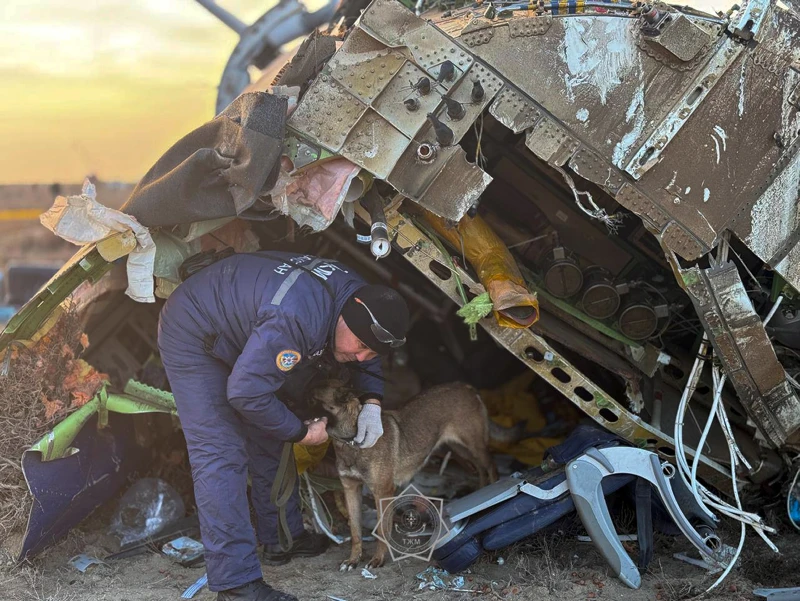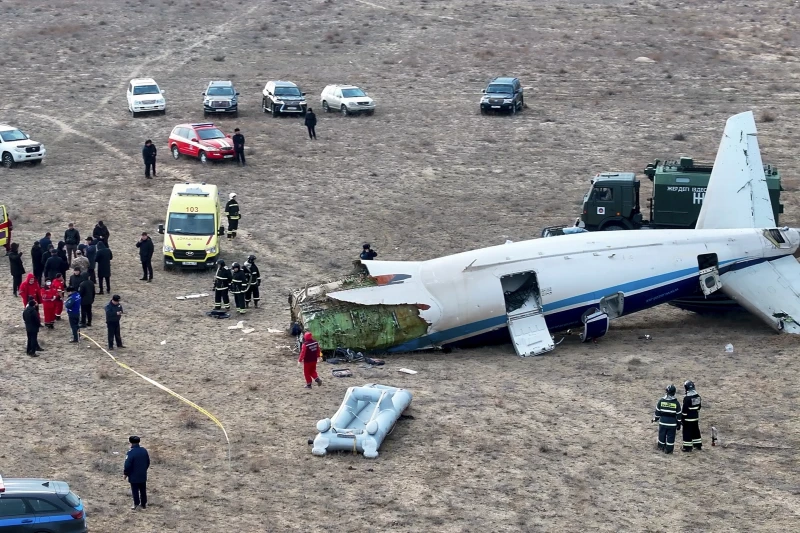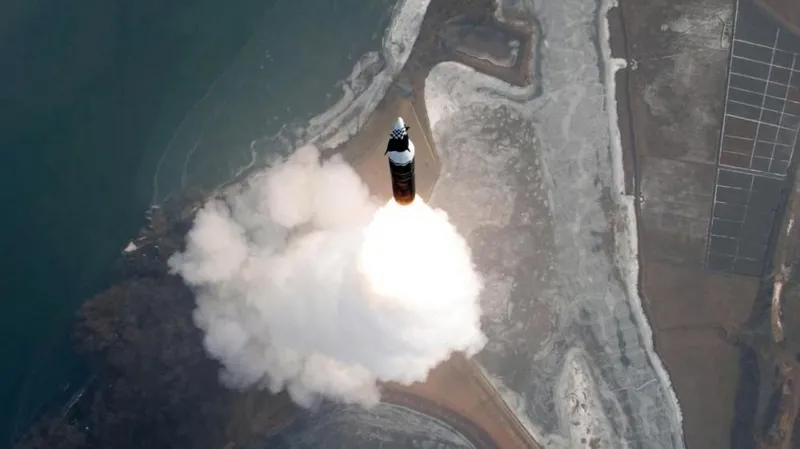Azerbaijani and U.S. officials suggest plane that crashed may have been hit by weapons fire

In the aftermath of a tragic plane crash in Azerbaijan, both Azerbaijani and U.S. officials have raised the possibility that the aircraft may have been struck by weapons fire before it went down. The crash, which occurred recently, has sparked a wave of speculation and concern, with authorities working tirelessly to determine the exact cause of the disaster. While the investigation is still in its early stages, evidence and initial reports suggest that the plane may have been targeted, potentially leading to its catastrophic failure.
The Plane Crash: What We Know So Far
The plane, which was a civilian aircraft traveling in Azerbaijan, crashed under mysterious circumstances, killing all passengers on board. Details surrounding the crash remain limited, but the incident has already drawn significant international attention. In the wake of the disaster, both Azerbaijani officials and representatives from the U.S. government have begun to look into whether weapons fire could have played a role in the plane’s destruction.
According to early reports from local media, the plane experienced some form of distress shortly before it went down. The exact cause of the distress remains unclear, but there have been claims suggesting that the aircraft might have been hit by a missile or small arms fire. Azerbaijani authorities have yet to confirm the involvement of weapons fire, but both the government and international experts are working to piece together the puzzle.
Azerbaijani and U.S. Investigation Teams Involved
Azerbaijani officials, alongside international partners, including the U.S. Federal Aviation Administration (FAA) and the National Transportation Safety Board (NTSB), have launched a thorough investigation into the crash. These agencies have begun combing through the wreckage to recover the black boxes, which may provide crucial information regarding the aircraft’s final moments. The black boxes record flight data and cockpit conversations, both of which could hold the key to understanding the cause of the crash.
As the investigation progresses, U.S. officials have expressed their concern over the possibility of weapons fire being involved. U.S. intelligence agencies have reportedly been monitoring the situation closely, with experts from the Department of Defense and the FAA working in coordination with their Azerbaijani counterparts.
In the early days following the crash, U.S. officials suggested that the possibility of an attack on the plane could not be ruled out. The speculation comes amid ongoing geopolitical tensions in the region, where both state and non-state actors possess advanced weaponry. Additionally, the presence of militant groups and ongoing conflicts in nearby areas raises the likelihood that the aircraft could have inadvertently been targeted.
Potential Motives for Weapons Fire
The suggestion that the plane may have been hit by weapons fire comes amid heightened tensions in the region. Azerbaijan, along with its neighbor Armenia, has long been involved in a protracted territorial dispute over the Nagorno-Karabakh region. While the recent plane crash does not appear to be directly linked to this conflict, some analysts believe that the crash could have been a result of mistaken identity or a targeted attack, especially considering the region’s history of military engagement.
Other possible motives could include acts of terrorism or attacks from armed groups operating in the region. Militants from various factions have been known to target civilian infrastructure, including planes, as part of their larger geopolitical or ideological objectives. The crash could also be related to the broader instability in nearby conflict zones such as Syria or Iraq, where militant groups may have access to weapons capable of downing an aircraft.
While there is no concrete evidence to support these theories at this stage, the speculation has led to heightened security concerns in the region, as well as a call for greater vigilance by both local authorities and international organizations.
Azerbaijan’s Response
The government of Azerbaijan has responded to the crash with both caution and urgency. President Ilham Aliyev has pledged a thorough investigation into the incident, with the country’s Ministry of Emergency Situations mobilizing its resources to support search-and-rescue operations. The Azerbaijani government has also asked for international assistance to help with the investigation, including cooperation from countries with expertise in aviation safety and intelligence.
Azerbaijan’s Ministry of Defense has issued statements acknowledging the possibility of weapons fire but has stopped short of making definitive conclusions. Authorities are focusing on collecting physical evidence from the wreckage, while also trying to gain access to satellite images and radar data from surrounding areas that could offer insight into the plane’s final moments.
International Implications
The potential involvement of weapons fire in the plane crash has broad implications, not just for Azerbaijan but for international aviation safety. If the investigation confirms that the plane was indeed targeted, it would raise serious questions about the security of airspace in the region and the risks posed to civilian aircraft. The international aviation community, including the International Civil Aviation Organization (ICAO), could impose new regulations or airspace restrictions to prevent future incidents.
Additionally, if the plane’s destruction is confirmed to be the result of hostile fire, the incident could strain diplomatic relations between Azerbaijan and neighboring countries. Tensions between Azerbaijan and Armenia, as well as the involvement of various armed groups in the region, could complicate the investigation and potentially lead to political fallout.
Next Steps in the Investigation
The next steps in the investigation will focus on retrieving and analyzing the black boxes, which will provide critical data on the plane’s speed, altitude, and trajectory before the crash. In addition, investigators will continue to examine debris and wreckage for any signs of external damage that could suggest a weapons-related impact. The cooperation of international agencies will be crucial in determining the exact cause of the crash.
As more details emerge, it is expected that the role of weapons fire, if any, will become clearer. The investigation will also consider other factors, including technical malfunctions or human error, in order to provide a comprehensive explanation of the incident.
As the investigation into the tragic plane crash in Azerbaijan unfolds, the possibility of weapons fire being involved continues to dominate discussions. Both Azerbaijani and U.S. officials are working together to uncover the truth behind the crash, and their efforts will have important implications for regional security and international aviation standards. While much remains unknown, the incident has already raised serious concerns about the safety of air travel in conflict-prone regions, and authorities are under increasing pressure to determine the cause of the tragedy. In the coming weeks, further developments in the investigation will likely shed light on this troubling incident and its broader implications.






